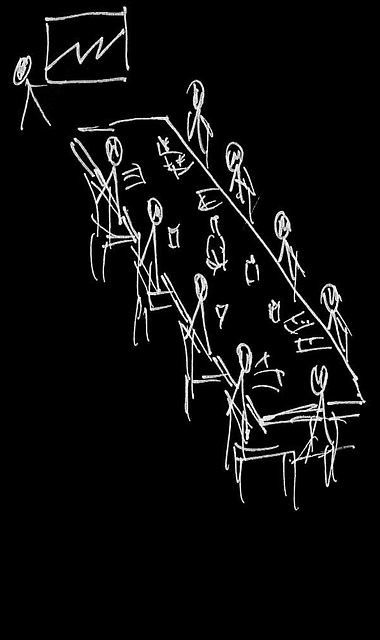Businesses facing cash flow challenges can choose between Purchase Order (PO) Financing and Invoice Factoring. PO financing advances funds against future sales orders, ideal for consistent cycles, while factoring involves selling invoices to a third party for immediate funding, catering to irregular flows. PO financing uses future sales as collateral but offers slower access; factoring provides swift liquidity at a cost, appealing to small businesses or those with unpredictable cash flows. Understanding these methods is crucial for optimizing accounting and meeting short-term financial needs effectively.
In today’s dynamic business environment, efficient cash flow management is crucial for growth. Two financial strategies gaining traction are Purchase Order (PO) Financing and Invoice Factoring—each offering unique advantages. This article delves into these concepts, exploring their definitions, operational processes, and key differentiators. We compare their benefits regarding cash flow, risk, and business relationships, providing insights to help businesses choose between PO financing or invoice factoring based on specific needs. By understanding these options, companies can make informed decisions, optimize financial strategies, and harness the power of these innovative solutions.
- Understanding PO Financing and Invoice Factoring
- – Definition and basic concepts of each
- – How each works in the financial process
Understanding PO Financing and Invoice Factoring

Purchase Order (PO) Financing and Invoice Factoring are two distinct financial strategies that businesses use to manage cash flow and improve their operations, each with its unique advantages and considerations. PO financing involves a lender providing funds to a business based on outstanding POs it has received from customers. This method allows companies to access working capital before the sales invoice is due, accelerating cash flow. It’s particularly beneficial for businesses that have a stable customer base and consistent sales cycles.
In contrast, Invoice Factoring offers a more direct approach where a factor (a financial institution or firm) purchases invoices from a business at a discount, effectively providing immediate funding to the company. Unlike PO financing, factoring is not tied to specific purchase orders but rather to the overall receivables of a business. This makes it a flexible option, especially for companies with irregular cash flow patterns or those seeking rapid access to funds. The choice between PO financing and factoring depends on a firm’s financial needs, sales cycles, and strategic preferences in managing its accounts receivable.
– Definition and basic concepts of each

Purchase Order (PO) financing and Invoice Factoring are two distinct financial strategies used by businesses to manage cash flow and optimize their accounting processes. PO financing involves a lender providing funds against a company’s existing purchase orders, allowing businesses to receive payments from customers before the goods or services are delivered. This method offers a quicker turnaround time for cash compared to traditional invoicing and payment methods.
Invoice factoring, on the other hand, is a form of debt financing where a business sells its invoices (or accounts receivable) to a third-party factor. The factor provides immediate funding, typically paying a significant percentage of the invoice value upfront, and handles the collection process from the customer. This approach offers businesses quick access to cash and shifts the burden of accounts receivable management to the factor. Understanding these differences is crucial when deciding between PO financing or factoring for a business’s short-term financial needs.
– How each works in the financial process

Purchase Order Financing vs Invoice Factoring Explained
Purchase Order (PO) Financing and Invoice Factoring are two distinct financial tools that support businesses in managing their cash flow, but they operate differently within the financial process. PO financing involves securing funding against upcoming sales orders. When a company receives a purchase order from a client, it can use this as collateral to obtain a loan or advance from a financier. This funding is then used to meet immediate financial needs, such as inventory procurement or operational expenses, until the sale is completed and the invoice is paid.
In contrast, Invoice Factoring involves selling accounts receivable (invoices) to a third-party factoring company in exchange for immediate cash. When a business delivers goods or services to a client and generates an invoice, it can sell that invoice to a factor at a discount. The factor then collects the full amount from the client, minus the agreed-upon discount. This method provides businesses with quick access to cash, typically within 24 hours of invoicing, which can be particularly beneficial for small businesses or those with inconsistent cash flow.






